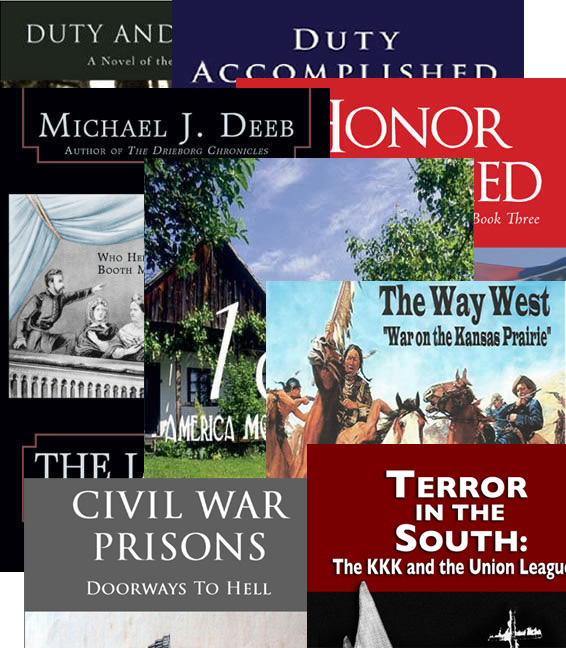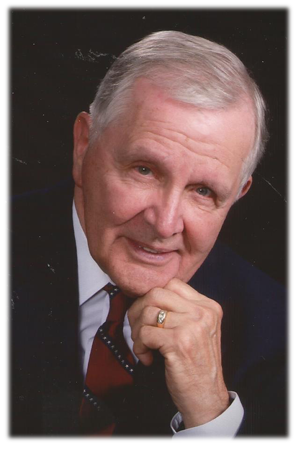Reluctant Rebels: The Confederates Who Joined the Army After 1861
 by
by
Kenneth W. Noe
Reviewed by Dr. Michael J. Deeb
| TITLE: | Reluctant Rebels: The Confederates Who Joined the Army After 1861 |
| AUTHOR: | Kenneth W. Noe |
| ORDERING: | The University of North Carolina Press, April 2010 |
Immediately after Fort Sumter surrendered, the author tells us of the tremendous enthusiasm for war in both the North and the South. The response to Lincoln’s request for 75,000, 90-day enlistments was greatly exceeded in the free states. In secessionist states, William Russell a reporter from the London Times reported that:
Here was the true revolutionary fervor in full sway. The men hectored, swore, cheered, and slapped each other on the backs; the women, in their best, waved handkerchiefs, and flung down garlands from windows. All was noise, dust and patriotism.
As the reporter traveled through the Confederacy he encountered similar celebrations everywhere.
“Secession is the fashion here. Young ladies sing for it; old ladies pray for it; young men are dying to fight for it; old men are ready to demonstrate it.”
But, Noe reports, many able-bodied men weren’t “dying to fight for it.” In fact, he relates that roughly 370,000 able-bodied men did not respond after Sumter. Counted in this number were 180,000 men who only answered the call and enlisted after 1861. He calls them “later enlisters.”
It would appear that in earlier works about Civil War soldiers researchers focused upon men who enlisted immediately after Sumter. Their studies virtually ignored the “later enlister.” Noe’s sought to fill that gap in Reluctant Rebels.
Noe’s study “explores the reasons that compelled most of those ‘later enlisters’ in the final group (of 180,000) to stay at home initially only to join up later on, as well as the factors that kept them in the ranks and emboldened them in combat once . . . clad in butternut or gray.”
First, he examines the factors that kept such men at home in 1861. Some of these later enlistees had been underage when the war broke out; others waited to go to war with friends; then Noe found many who first needed to come to grips with religious convictions about killing. The demands of home deterred many others who waited, too.
Once personal issues were resolved, what motivated these men to enlist at all? Noe points to their realization that “the South was being invaded by hateful barbarians who not only wanted to end slavery but to destroy every other vestige of white men’s lives in the South, leaving a wasteland in their wake.”
Thus, hatred of the enemy motivated as many of the later enlistees as did political ideology and other facets of soldier motivation.
Living a soldier’s life was not easy for these older, less physically able later enlistees. So what sustained their motivation once they became battle tested veterans? Not unlike their comrades who enlisted early, they hated the enemy and they were determined to defend their kin, homes, and property in a manly manner. Thus despite the findings expressed in earlier studies, Noe insists that the later enlistees were not much different in character from the early enlistees. They were different only in age and health.
Furthermore, men of both groups joined and fought to have the freedom to have a government that would preserve their slave society and thereby protect white liberty and white families.
Noe’s research also addressed the charge that the men who enlisted after 1861 were less motivated and more likely to desert or malinger. He tells us that in the main, they were older and thus less able to withstand the rigors of army life and battle. His research led him to conclude that once they had joined, their desertion rate was not out of line with their numbers.
Nor did they want to be seen as cowards. Instead the later enlistee felt it important to stay, fight and prove his masculinity to himself, comrades, and family.
The author concludes that ultimately, the Confederacy’s problem was that the supply of white men they called up after the first year of the war were too few in number, too old, and physically not up to the task before them.
Kenneth W. Noe has provided the Civil War enthusiast with a fascinating presentation of excellent research. His study fills a gap in our understanding of all the men who fought for the Confederacy.
Reviewed by: Dr. Michael J. Deeb. Teacher of American History and author of Civil War era novels: Duty and Honor: Duty Accomplished: and Honor Restored.


 A Great Read! I couldn’t put this book down once I got started. The detail was great and I really like the main character, Michael. Knowing that so much research went into this book made it exciting to read!
A Great Read! I couldn’t put this book down once I got started. The detail was great and I really like the main character, Michael. Knowing that so much research went into this book made it exciting to read!